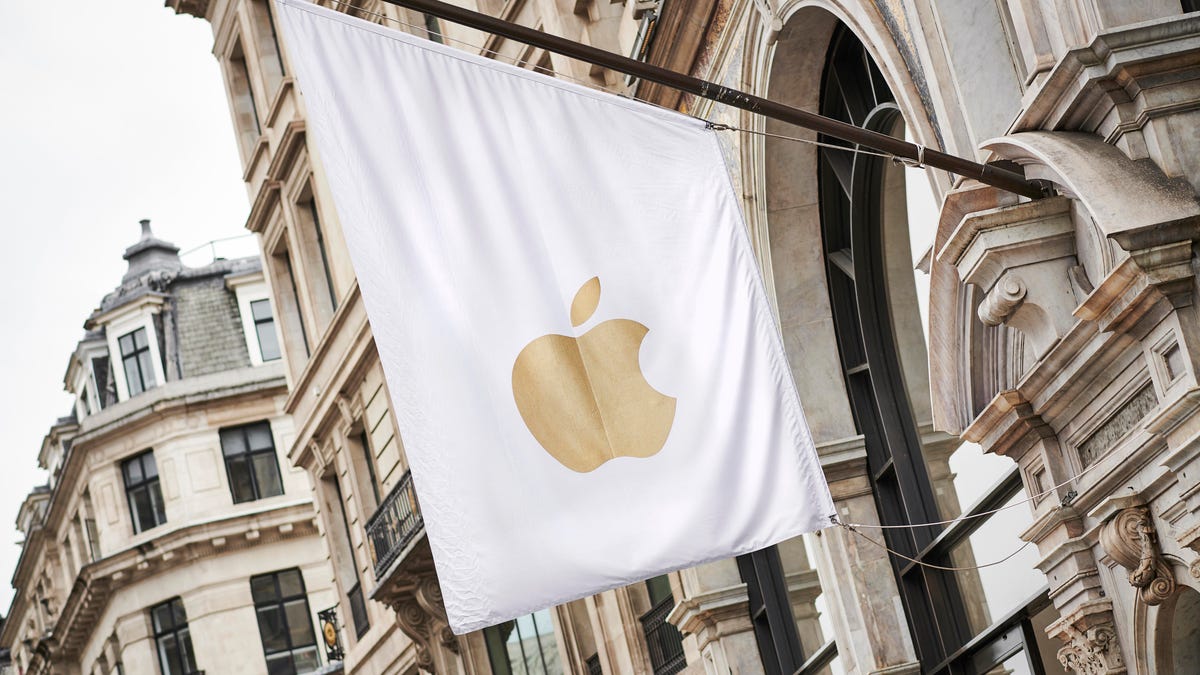Apple files for patent for mixed-reality headset
The AR/VR headset would come with multiple sensors.

Apple has filed an application to patent a mixed-reality headset and controller.
Apple has filed a patent application for a mixed-reality system including a head-mounted display and a controller that combine augmented reality and virtual reality. The headset would provide "3D virtual views of a user's environment augmented with virtual content," according to the application, which Variety reported on earlier.
It was first revealed that Apple was working on a mixed-reality headset in April last year by CNET. The tech giant was working on a headset capable of running both AR and VR, a source said, with an 8K display for each eye. The project, codenamed T288, is slated for release in 2020.
The application was published July 18 after being filed in March 2019.
According to the filing, the headset could come with left and right displays; light sensors to collect light information like color, intensity and direction; head pose sensors to track the user's orientation and motion; world mapping sensors to track movement and location; eye tracking sensors; lower jaw sensors to track expression; hand sensors to track position, movement and gestures; eyebrow sensors to track facial expressions; an inertial measurement unit to augment the sensor information; and left and right cameras.
The controller would also have one or more processors, Apple said.
"The controller is configured to render an avatar of the user's face for display in the 3D virtual view based at least in part on information collected by the one or more eye tracking sensors, the one or more eyebrow sensors, and the one or more lower jaw sensors," the filing says.
Apple said the VR system could use LCD, digital light processing or liquid crystal on silicon technology -- or even "a direct retinal projector system that scans left and right images, pixel by pixel, to the subject's eyes."

